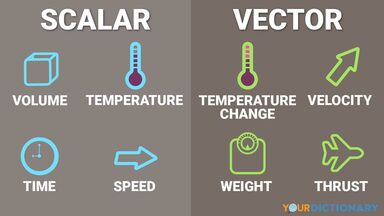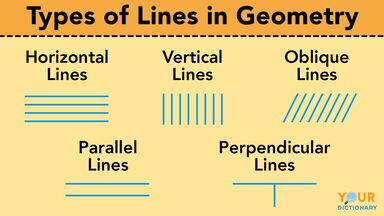In its simplest form the mounting of an equatorial telescope consists of an axis parallel to the earth's axis, called" the polar axis "; a second axis at right angles to the polar axis called" the declination axis "; and the telescope tube fixed at right angles to the declination axis.
A vertical plane passing through A A is therefore in the meridian, and the polar axis is inclined to the horizon at an angle equal to that of the latitude of the place of observation.
Thus one important attribute of an equatorially mounted telescope that, if it is directed to any fixed star, it will follow the diurnal motion of that star from rising to setting by rotation of the polar axis only.
If we now attach to the polar axis a graduated circle D D, called the" hour circle,"of which the microscope or vernier R reads o h when the declination axis is horizontal, we can obviously read off the hour angle from the meridian of any star to which the telescope may be directed at the instant of observation.
The declination axis rests on bearings attached to opposite sides of the polar axis.





